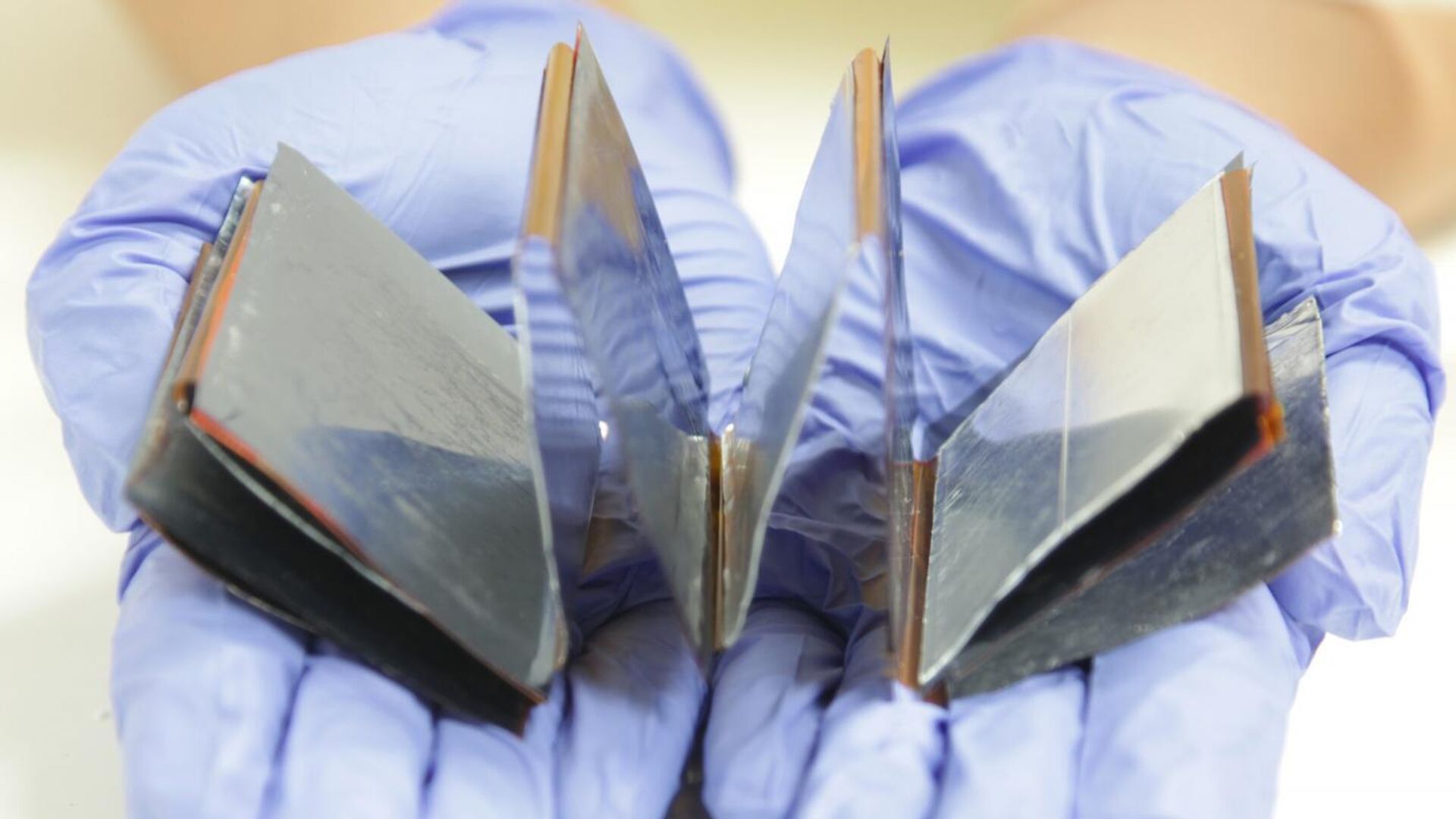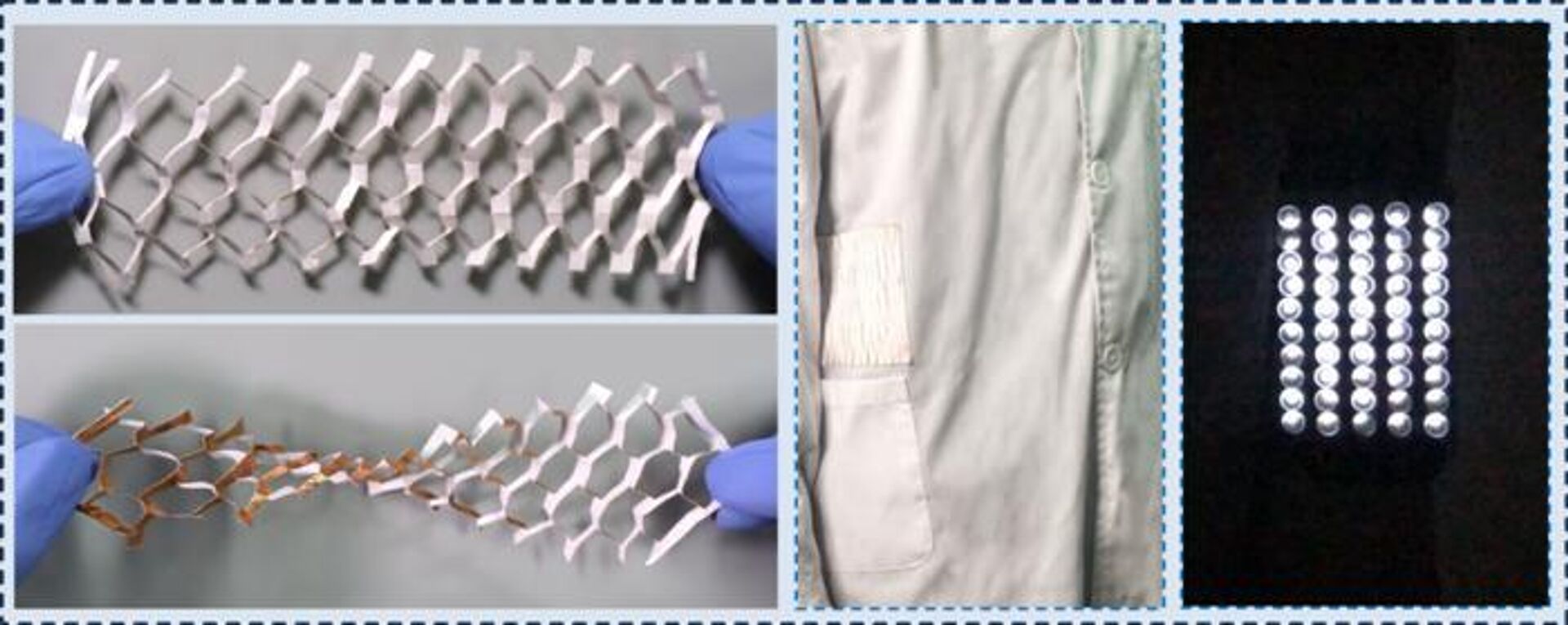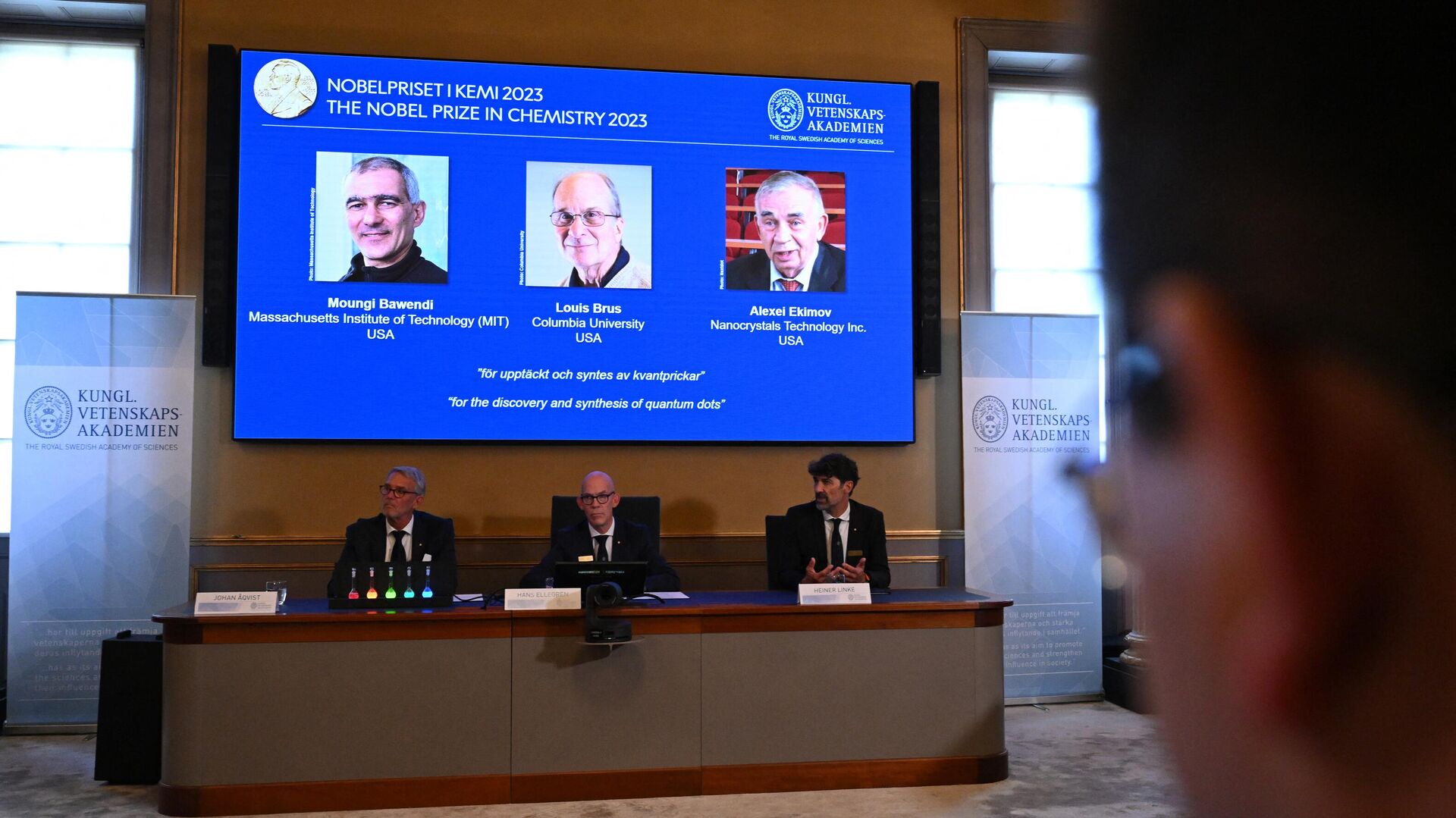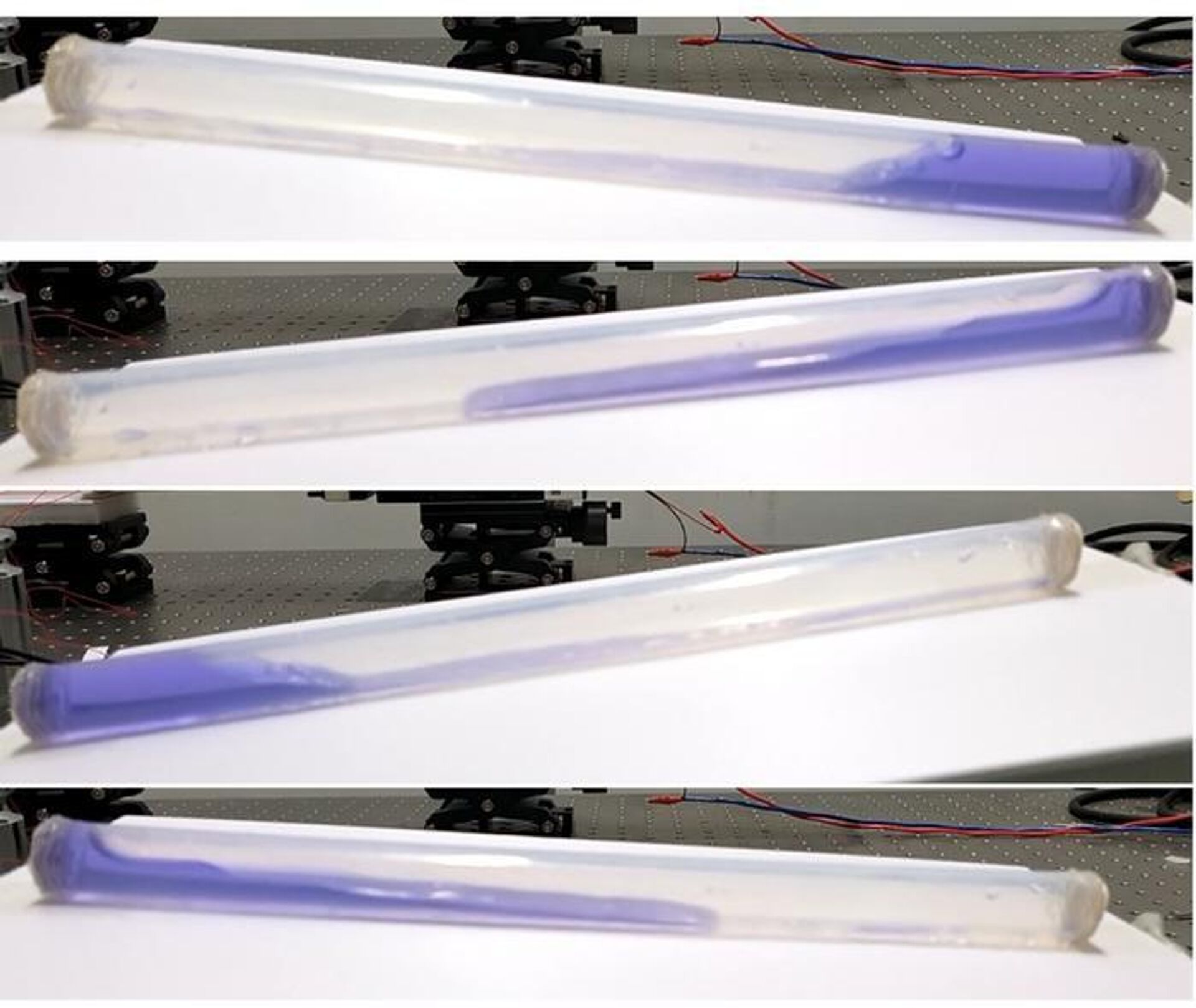
MOSCOW, April 6, Tatyana Pichugina Clothes that generate electricity while moving, industrial generators for alternative energy — science has come close to creating a new type of energy sources. We figured out what their advantage is.
There is current in motion
Scientists have long dreamed of taking advantage of the friction that occurs, for example, when walking and breathing. But people’s activity is chaotic and irregular; it will not be possible to use it effectively using traditional methods without disrupting normal life. Hope comes from a special type of device invented just over a decade ago—triboelectric nanogenerators (TENGs).
TENGs convert low-frequency mechanical vibrations into electricity, which opens up great prospects for wearable gadgets — from watches to health sensors. The problem is that you need lightweight, stretchable, breathable materials. Nowadays polymers are mainly used.
For example, Chinese scientists have proposed using the kirigami technique — cutting the fabric in certain places to give it flexibility. And physicists from the USA have developed “smart textiles”, the fibers of which are woven into ordinary fabric.
Clothes made from TENG, in particular, will allow you to recharge your gadgets. Now they are powered by chemical current sources — heavy and toxic. Transforming body movements looks like an ideal solution.
Random opening
Even the ancient Greeks knew that if you rub amber with wool, light objects are attracted to it. This is static electricity.
“The phenomenon has long been known. It is described using the triboelectric series — a sequence of materials that rub against each other. One is charged positively, the other negatively. Now diagnostic capabilities have expanded significantly, we have a tool for studying the triboelectric effect on a nanometer scale,” says the senior scientist employee of the Physico-Technical Institute (PTI) named after A.F. Ioffe RAS Prokhor Alekseev.
The pioneer was the physicist Zhonglin Wang from the Georgia Institute of Technology, who studied the piezoelectric effect.
“The experiment was with zinc oxide rods with a diameter of one hundred nanometers and a couple of micrometers in length. In 2006, an article about this was published in Science,” continues the scientist.
When nanomaterials are subjected to mechanical action, in addition to the piezoelectric effect, a much less studied triboelectric effect often occurs. And Zhonglin Wang switched to him.
Most experiments are carried out at the nanoscale, for example with atom-thick graphene monolayers. Hence the name — triboelectric nanogenerators. Two dielectrics rub against each other. A low-density bias current—milli- or microamps—appears between them. But a large potential of hundreds of volts and even kilovolts is generated.
“The main advantage is high voltage at low current. The power of modern samples reaches 100 watts per square meter,” Alekseev clarifies.
One of the promising areas for using TENG is medicine. We are not only talking about sensors that measure health parameters on the body, but also about biocompatible devices.
«At one of the first conferences on this topic, I saw an experiment with a mouse that was implanted with a small polymer square capable of generating electricity from breathing, heartbeat. More advanced devices with additional layers can store energy and, if necessary, stimulate the heart muscle. Then they dissolve in the body,» explains the researcher.
There is even an idea to treat obesity using nanogenerators. They propose to implant them in the stomach area and act on the nerves to induce a feeling of fullness.
To the rescue of clean energy
Triboelectric nanogenerators do not require fossil fuels. They work on the mechanical movement of wind, rain, and humans. These are truly clean energy sources. China has already created prototypes of devices in the form of sea buoys that generate electricity while floating on the waves.
“The question remains of their wear resistance, how many cycles they can withstand,” notes Alekseev.
Another area of application is solar energy. If you scrape a semiconductor with a dielectric layer with a thin needle, a charge is formed in it. Until recently, no one thought of generating electricity this way. In 2019, scientists from the Physicotechnical Institute, specializing in scanning probe microscopy, joined the research. < br />
< br />
«We experimented with a semiconductor made of silicon and indium phosphide. If you pass a microscopic probe through it, a current flows,» says Alekseev.
Unlike the classic TENG , here the current density is high, and the voltage, on the contrary, is small. However, the results of the experiments were contradictory. Russian scientists, with the support of the Russian Science Foundation, figured out what was going on.
“The sample is illuminated with a laser. It turned out that this distorts the results. We have learned to turn off the illumination and measure more accurately,” the interlocutor clarifies.
Using this approach, it is possible to develop hybrid devices.
“A contact is connected to the photocell, which moves from the wind — more electricity is generated. The sun has set, the evening breeze has blown, the current still flows,» explains Alekseev.
At the same time, the surface is scratched, so you need to understand how durable such a hybrid device is and how to make it efficient without reducing Efficiency Researchers are planning tests on semi-industrial samples of solar cells produced in Russia.


























































Свежие комментарии